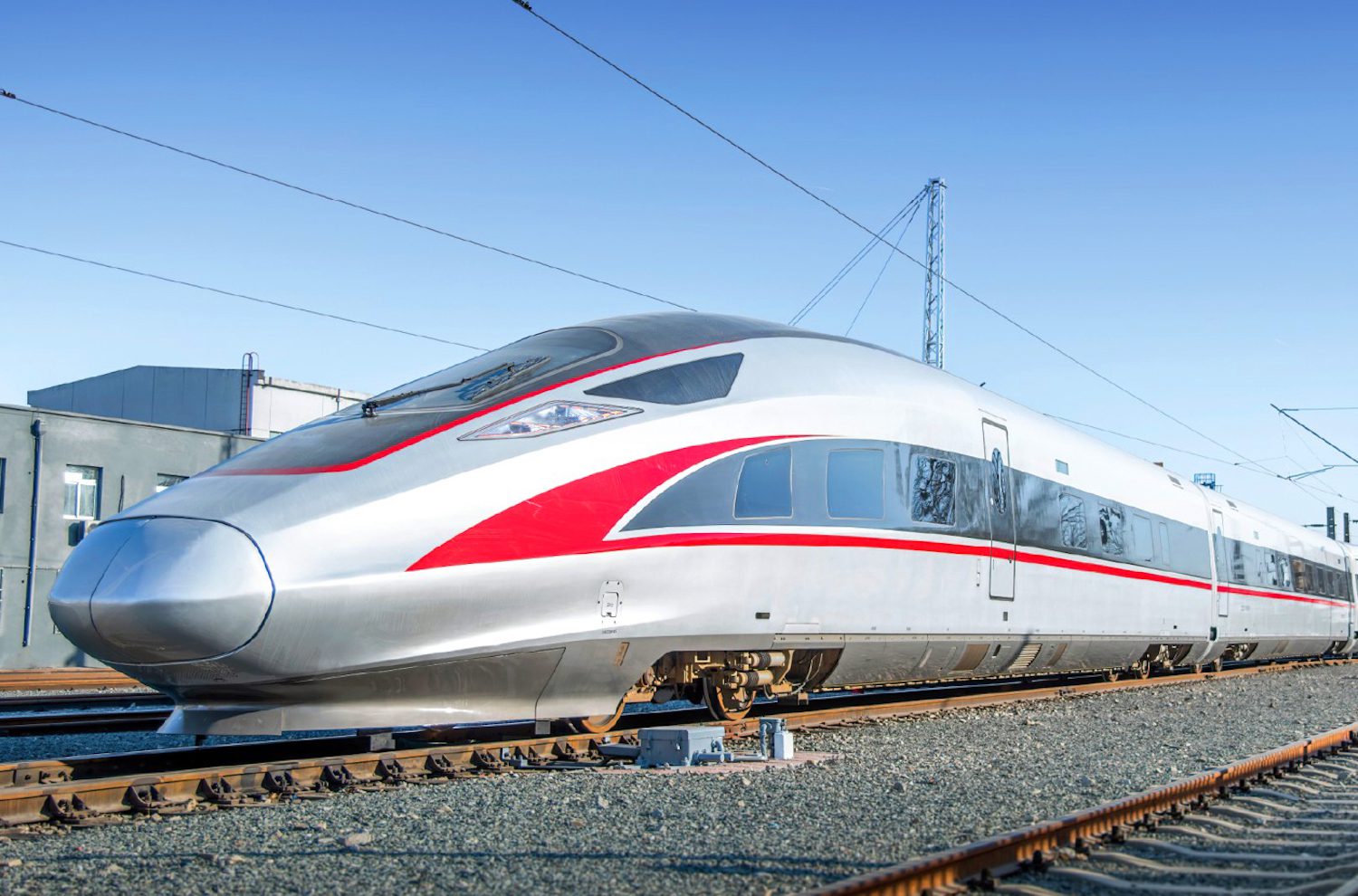Thailand’s High‑Speed Railway Project Greenlit for Construction
Thailand’s government has given the final go‑ahead for the high‑speed railway project, paving the way for construction to commence. As reported by Railway Supply, the project will enhance connectivity between Suvarnabhumi, Don Mueang, and U‑Tapao International Airports, and the resort city of Pattaya — a move set to benefit both tourism and Pattaya real estate.
Project Timeline and Scope
Next week, Thailand’s Cabinet will review the updated contract. Once approved, the agreement with contractor Asia Era One — a subsidiary of Charoen Pokphand Group — will be signed by the end of December. Construction is scheduled to begin in Q1 2025, accelerating the development of Thailand’s railway network and improving nationwide transport links.
Key Details
Amendments to the contract, approved on October 19, 2021, compensate the contractor for Covid‑19‑related losses. The pandemic reduced expected airport transport revenue, prompting revisions to maintain profitability.
- Total cost — ฿276.5 billion (~$8.3 billion)
- Rolling stock — ฿15.5 billion (~$460 million) for trains
- Route length — 220 km linking Bangkok’s airports to Pattaya and U‑Tapao
A similar Bangkok–Nong Khai line will use Chinese Fuxing Hao CR300AF trains, capable of 300 km/h but limited to 250 km/h in Thailand.
Economic and Tourism Impact
The project is expected to:
- Boost tourism by offering fast, direct links between Bangkok and resort regions
- Support Thailand property markets in connected cities
- Facilitate freight transport and reduce logistics costs
- Create jobs during construction and operation
For insight into how infrastructure drives property value, see Property Capital Appreciation: Why Bangsaray Is One to Watch.
Transforming Thailand’s Infrastructure
This high‑speed line could integrate into a broader Southeast Asian network, strengthening Thailand’s role as a regional transport hub. It aligns with the Eastern Economic Corridor (EEC) vision, attracting investment and improving trade.
For more on the EEC’s role in regional growth, read Pattaya: Still the Beating Heart of Thailand’s Eastern Economic Corridor.
Regional Integration
Neighbouring countries are discussing joint projects to create a unified transport network, opening new economic prospects. This positions Thailand to play a key role in future regional corridors — a factor that could further enhance expat lifestyle Pattaya appeal.
For a lifestyle perspective on living in a city set to benefit from this connectivity, see Living in Pattaya: A Comprehensive Guide.
Conclusion
The high‑speed railway linking Thailand’s airports and major cities is of strategic importance. Its completion will contribute to long‑term economic growth, improved quality of life, and increased demand for Pattaya real estate in well‑connected Pattaya neighbourhoods.
Author: Mr. KC Cuijpers
For more information: Please contact Town & Country Property – [email protected]




